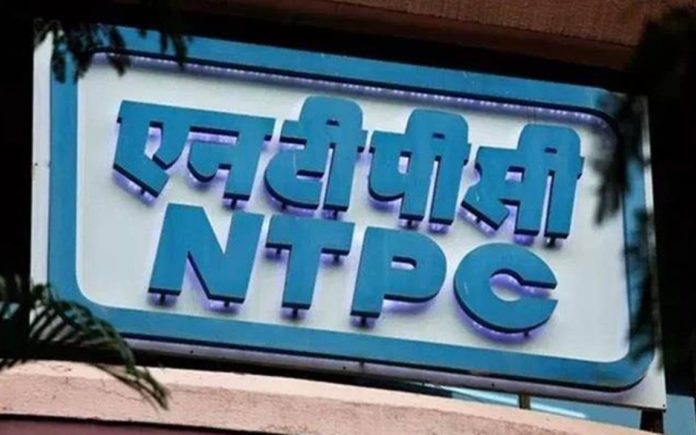New Delhi (NVI): India’s largest power producer, NTPC Ltd, has successfully developed environment-friendly Geo-polymer coarse aggregate from fly ash, the Ministry of Power said today.
This development will help in replacing natural aggregates reducing the impact on the environment.
“NTPC’s research project on production of Geo-polymer coarse aggregate from fly ash has met the statutory parameters of Indian Standards and was confirmed by National Council for Cement and Building Materials (NCCBM),” the Ministry of Power said in a statement.
The technical parameters as per Indian standards for its suitability to use in concrete works were tested by NCCBM, Hyderabad and the results were in acceptable range, it added.
Moreover, this development is NTPC’s research and development (R&D) achievement in expanding the horizon in ash utilisation.
India’s demand for these aggregate touches close to 2,000 million metric tons (MMT) mark every year. So, the aggregate developed by NTPC Ltd from fly ash will help in meeting the demand to a great extent and also will reduce the impact on environment caused by natural aggregates which require quarrying of natural stone, the statement said.
“Every year, approximately 258 MMT of ash is produced by the coal fired thermal power plants in India. Out of this around 78 per cent of the ash is utilised and the balance remains unutilised which remain in ash dykes,” it added.
Furthermore, NTPC Ltd is also exploring alternate ways to utilise the remaining ash which includes the current research project to generate aggregates using more than 90 per cent ash.
The Geo-polymer aggregates finds its extensive usage in construction industry turning the ash eco-friendly. These aggregates are extremely environment friendly and does not require any cement for application in concrete where the fly ash based Geo-polymer mortar acts as the binding agent, the ministry further said.
However, the Geo-polymer aggregates will also help in reducing carbon emission and has great potential for reduction of water consumption.
-RJV








